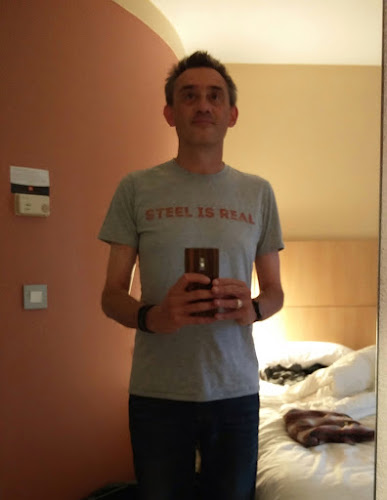To a certain extent, a lot of the points I've already made this week apply equally to the fashion world. Britain's tanking markets and currency are a sign of instability that multinational companies are not happy to see. I've already heard of big brands notifying their UK employees that their positions are under review. The weakened pound also makes British based companies less able to source the materials they need from abroad. For the big fashion brands this could mean anything from fabrics and fittings to finished garments.
Meanwhile, smaller companies, which make up a large swathe of the ethical market who depend on EU trade, are going to find life more difficult. Reports are already coming in of cancelled orders and contracts from European buyers unhappy with the new landscape. How soon will we start to see companies go under as their order books empty? It can only be a matter of time. From Harris Tweed to innovative 3D-printed jewellery projects, the future for British ethical fashion just got a lot more uncertain.
Major fashion names have been united in early, loud denunciations of Brexit. Style icon and possible android Karl Lagerfeld called the vote "a moment of madness". Adrian Joffe, head of Comme De Garçons was even more forthright:
There are arguments that a move away from globalisation, triggered by a shrinking of associations like the European Union, might not be such a bad thing. After all, it's the ability to sell clothes cheaply across a vast single market that has given the fashion industry the excuse to behave so badly. From exploitation of third-world workers to endemic pollution, everything that ethical fashion kicks against is down to the fast fashion model brought into being by free trade and relaxed environmental legislation."It’s not the modern world. The modern world is about being together and working together. I’m devastated. I want freedom of people, freedom of movement. For me, it’s anti-creative thinking.”
But burning everything down is not the answer either. Millions of jobs and billions of pounds depend on the industry, and for ethical fashion in particular the inability to trade with a global or even continental market is a disaster.
Our View: these are worrying, uncertain times for everyone, and I apologise if I've painted a bleak picture of the future this week. The fact is, though, that there is little reasoned argument based on proper, attributable figures that point to brighter days ahead. Instead, economists across the spectrum predict a gloomy forecast.
As I said earlier in the week, though, no-one knows for sure what's going to happen over the next couple of years. Or months. Or days, frankly. Things are moving that quickly.
I hope that in time I'll be able to look back on these posts and laugh at how out of touch and laughably pessimistic I was about the whole situation.
I really do.
See you next week.
